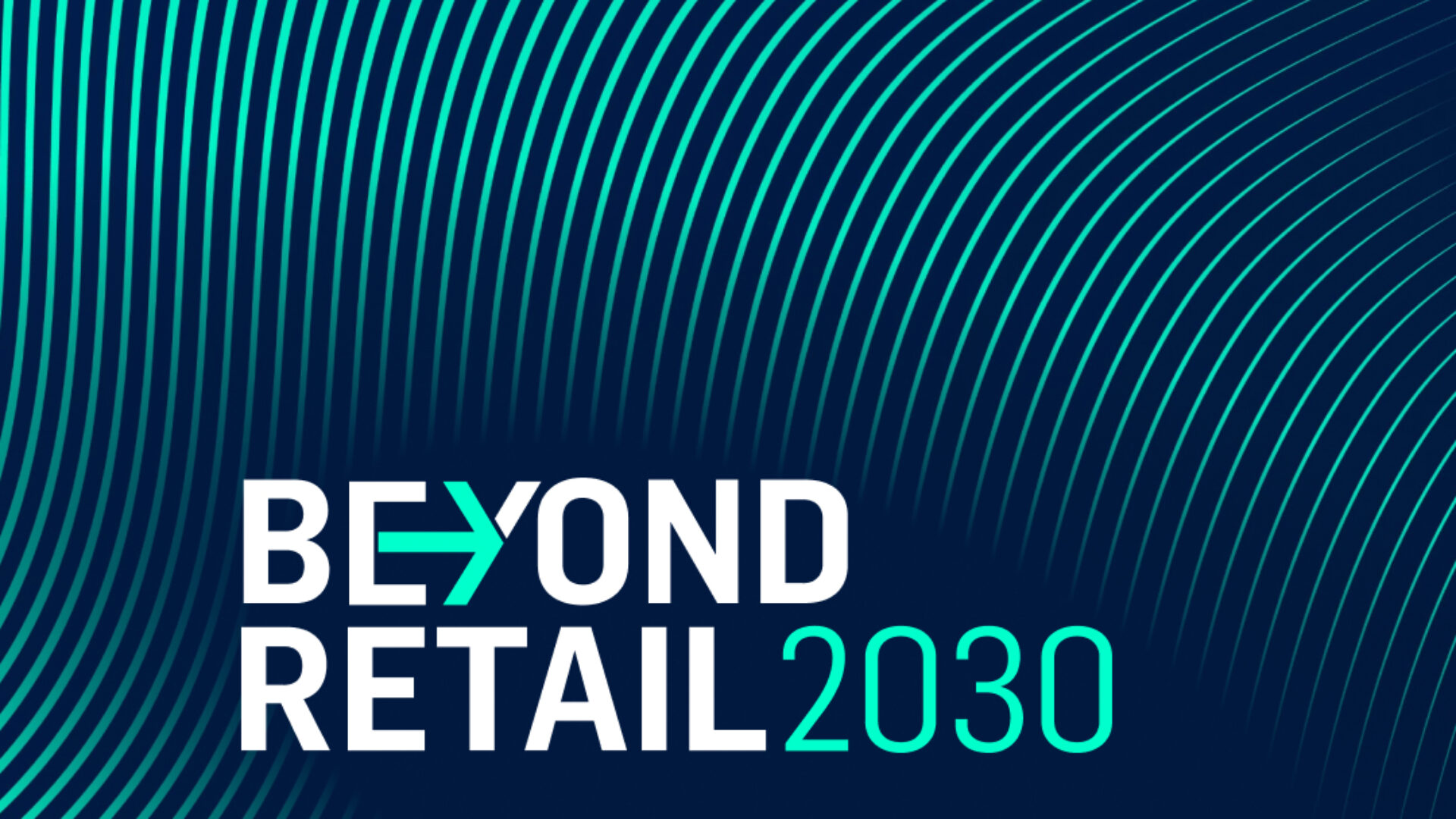
Bold Bets for Beverages
At Clear M&C Saatchi, we keep our finger on the pulse of industries that show rapid growth through innovation, product launches, or enhanced experiences. If sales, awareness, and relevancy are skyrocketing – we have something special to dig into.
A category at the top of our list is beverages – spanning soft, hot, low/no & alcohol. The beverage industry has demonstrated significant growth and transformation and is projected to grow further, offering valuable insights on how to capture real market share over the next three to five years.
The beverage category has evolved from segmentation by product type (coffee, soda, juice, beer, etc.) to a landscape with increasingly blurred lines. We’re witnessing a surge of new product launches that blend category boundaries, from magnesium-infused coffee to adaptogen alcohol-free spirits, vitamin waters and collagen sodas. This shift indicates immense industry potential as consumers seek innovative, taste-driven, and convenient ways to quench their thirst.
However, rapid growth can spark challenges. The beverage category is becoming unwieldy, and consumer savviness is on the rise. We’re seeing a boom of new challenger brands, product launches, and an oversaturation of claims, creating an increasingly complex landscape for consumers to navigate. As credibility wanes, consumers are left feeling cynical or simply confused.
The four lenses of innovation remind us that even if a proposition is feasible and viable, consumers may not be asking for it. This can be particularly risky in the beverage category, which often requires significant investment, research, and a strong business case.
Brands must also consider “ownability” – ensuring that launches and communications build on existing brand equities and align with the overall brand and experience vision.
So, what should your brand do?
We forecast four key considerations for brands to create bolder innovations, relevant communications and experiences that will grow the beverage category instead of perpetually segmenting it – highlighting beverage innovation examples that are rooted in addressing consumers’ emotional needs.
1. Vitality & Vigor:
Instead of competing on a narrow set of trending ingredients, brands should focus on propositions that address the underlying needs and pain points of their target audience. This could involve leveraging dayparts, tailoring to activity levels, or optimizing food pairings to offer holistic solutions for consumers’ daily challenges.
Huel addresses nutritional needs throughout dayparts, via different product types, to create a holistic nourishment ecosystem, whilst delivering on their brand promise of fast, nutritious whole food.
Other examples: Moju Juice gut health ginger shots; Brite CSDs propositions around focus, energy and performance; and yfood offers complete meal drinks.
2. Connection & Belonging:
The low/no alcohol category has seen significant growth as consumers seek new ways to socialize without the negative effects of alcohol. Younger generations, especially Gen Z, have sparked a “sober curious” movement, which is shifting culture by inspiring a lifestyle that prioritizes health and wellness over norms connected to consuming alcohol. However, many launches focus on the technical removal of alcohol, creating “less than” versions. The opportunity lies in creating new-to-world innovations with positive, added benefits that generate an emotional connection by understanding the cultures, sub-cultures, and social moments present in these occasions.
Tilden, non-alcoholic cocktails, provide ready-to-pour, mind-and mood-altering cocktail experiences. We predict a moving away from ‘mocktails’ into drinks that ‘take you on a flavour journey with a full beginning, middle and finish as a true social drink should. Tilden bases their proposition on social occasions & consumers’ needs as opposed to focusing on what they’re ‘lacking’.
Other examples: Coors Edge (a new, ‘cool’ edge on non-alcohol beer); Lucky Saint (an entire brand built around being alcohol-free); and Athletic Brewing Hopped Water (hops that cue alcohol, with a refreshing taste); and Tom Holland’s recently released, Bero, (a premium non-alcoholic beer for those who demand more from their brew).
3. Pleasure & Indulgence:
This category is experiencing a deepening of extremes, with consumers seeking both healthy options and extreme, immersive sensorial indulgence. Products that sit in the middle and offer neither tangible indulgence nor perceived health benefits may struggle. Brands should focus on creating immersive taste experiences that incorporate all senses to win in these moments.
Canada Dry Hot Ginger Ale is the first ever hot carbonated beverage in a can, launched in Japan, where hot carbonated drinks are popular, as an immersive, and innovative way to deliver indulgence to all the senses, beyond simply flavour.
Other examples: Mogu Mogu (plays with boba balls texture); Nitro Pepsi (plays with smooth texture); and the ‘Vocktail’ experiment (plays with colours & electrodes on the glass to create flavours).
4. Status & Self-Actualization:
Luxury brands, particularly in the wine and spirits space, have traditionally relied on rarity and exclusivity. However, there’s an opportunity to redefine social currency through the lens of stories and communities, tapping into sub-cultures that speak to the increasingly meaningful desire for belonging and inclusivity rather than exclusivity.
Fleur Godart makes tongue-in-cheek natural wines, named “Les Cuvées Militantes” [The Militant Collection], which takes a stand against sexism, racism, homophobia. One such range is named ‘Male Tears’.
Other examples: Robert Mondavi, North Coast Brewing Co. (a brewing brand with social purpose), and Uncle Waithey’s (a black-owned business supporting community engagement).
To capitalize on these opportunities, brands should prioritize:
- Insight: Explore the emotional needs of your consumers in and around the category and identify the tension points in their unmet needs.
- Innovation: Find products for your consumer, don’t find consumers for your product. Design creatively, based on consumer values, mindsets, and emotional journeys to meet their needs throughout their daily lives.
- Brand: Create emotionally charged opportunity areas, which are true, authentic and credible to your brand, and align with your brand’s overall experience vision. Assess your right to win using a comprehensive 4-lens assessment.
- Experience: Evaluate the consumer’s point of purchase, considering the channel, consumption location, and underlying social, cultural, and emotional cues to drive relevance.
By considering these approaches, beverage brands can navigate the complex landscape, connect more deeply with consumers, and drive sustainable growth in this dynamic category.
Need a partner for thinking through your brand, innovation, or experience strategy?
Get in touch, we would love to chat!





